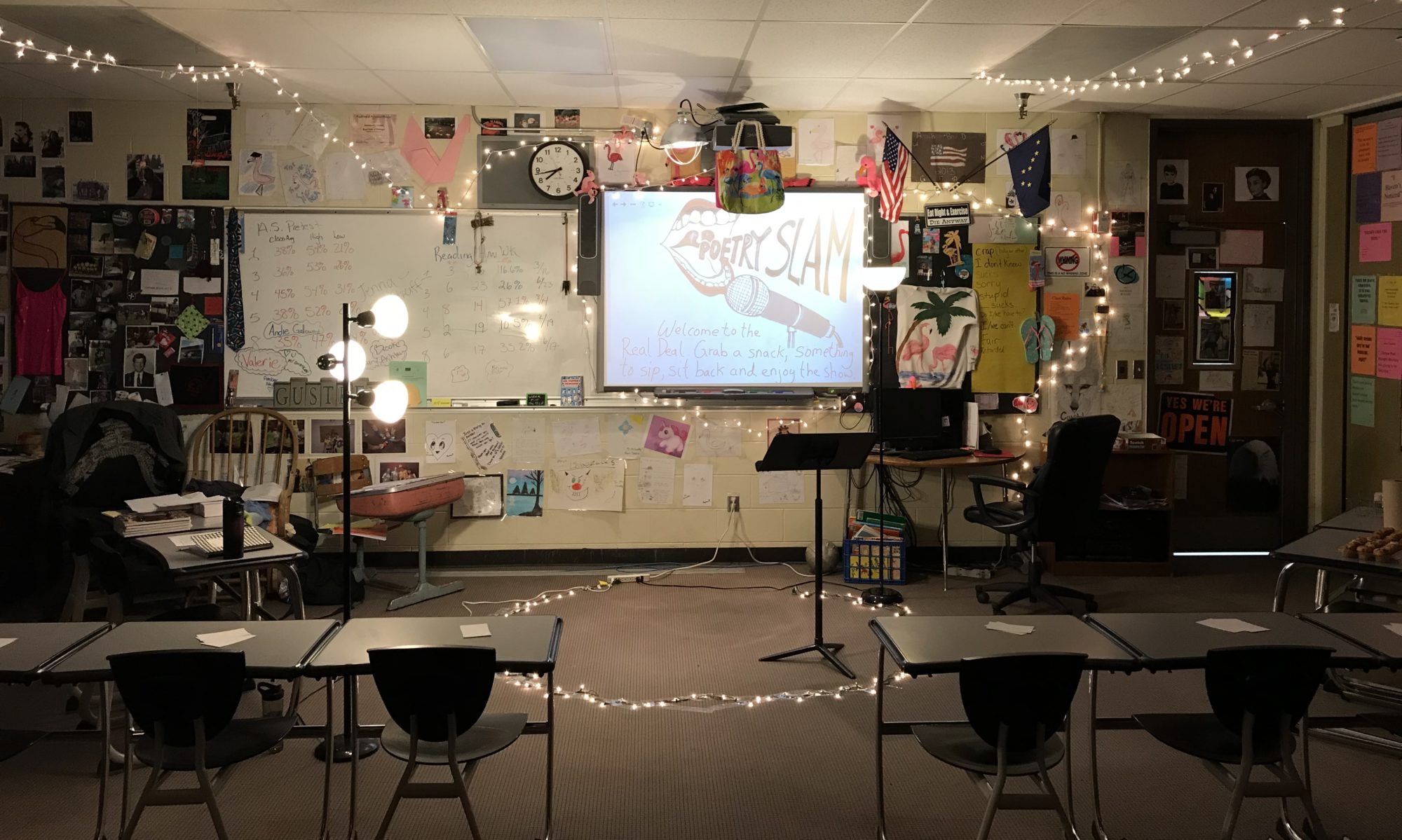Included in my portfolio is an Ideal Classroom Outline, developed as part of my classroom management course. It describes the procedures and strategies I will use to create a constructivist learning community. While I still have a lot to learn about effective classroom management, I feel confident entering the profession with a firm plan in place.
My classroom discipline and management are my most powerful tools to succeed as a teacher. I have a guiding belief for my classroom practice: The students are in charge of their own learning and discipline. To this end, I will use management techniques that reinforce student agency (Taylor and Nolan, 2008). Strategies borne from the “constructivist” theory of learning have the most resonance with my teaching style.
The constructivist approach acknowledges the complexity of the everchanging world; therefore, it teaches children to think for themselves about desirable or undesirable actions rather than telling them predetermined answers to current dilemmas (Fields & Boesser, 2014). Constructivist discipline approaches help most children quickly learn to negotiate solutions to problems, to resolve their own conflicts and to self-direct their learning activity (Kohn, 2005). A phrase you will often hear me say is, “How do you want to solve this problem?”
Of course, you can avoid many problems with the right classroom procedures and expectations. Setting up appropriate classroom expectations is essential to a high-functioning team. After that, student engagement is the most effective way to ensure good behavior (Lemov, 2010). I will strive to deliver clear directions and structured transitions as I teach. I will also invest the time it takes to get everyone “bought in” on the culture of our classroom. With student-directed learning as a focus, I will be freed up to step back and observe, support, and discipline as needed. It’s worth stepping back: teachers that make the time to observe can recognize problems before they start and take effective action. (Jablon, Dombro, & Dichtelmiller, 2007).
As my students become invested into our classroom culture, the environment should become self-policing (Charles, 2011). I welcome student attempts to make decisions and resolve conflict. I hope that my students will find peace in our warm and intentional community and be willing to defend it against disruption. Research has found that supportive learning communities help students work harder than they meant to; achieve more than they thought they could; and come to believe that learning involves risk, error, and personal triumph (Tomlinson, 2014).
References
Charles, C.M. (2011) Building classroom discipline, 10th ed. Allyn &Bacon
Jablon, J. R., Dombro, A. L., & Dichtelmiller, M. L. (2007). The Power of observation from birth through eight. Washington, DC: Teaching Strategies.
Fields, M.V & Boesser, K (2014) Constructive guidance and discipline. 6th ed. Merrill
Kohn, A. (2005, September). Unconditional Teaching. Retrieved July 8, 2018, from http://www.ascd.org/ASCD/pdf/journals/ed_lead/el200509_kohn.pdf
Lemov, D. (2010) Teach like a champion: 49 techniques that put students on the path to college. Jossey-Bass.
Taylor, C. & S.B. Nolan (2008) Classroom Assessment: Supporting Teaching and Learning in Real Classrooms 2nd ed. Pearson.
Tomlinson, C. (2014) Differentiated Classrooms: Responding to the Needs of All Learners 2nd ed. ASCD

